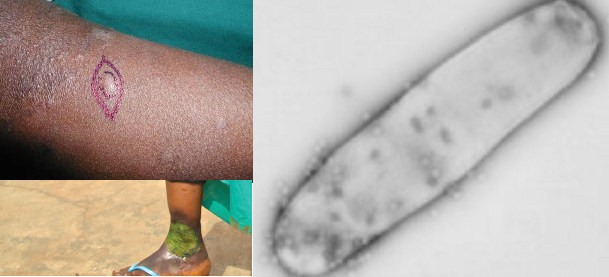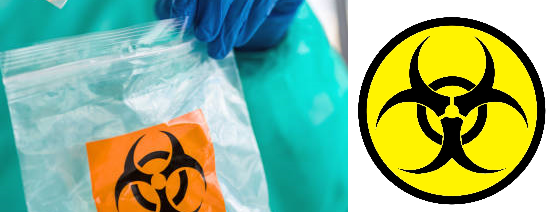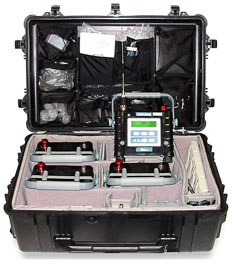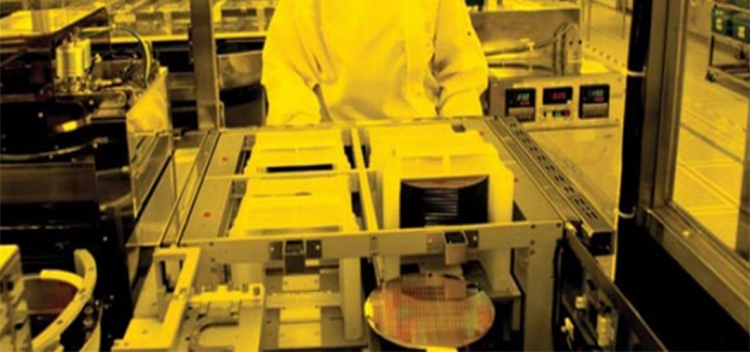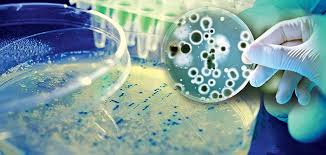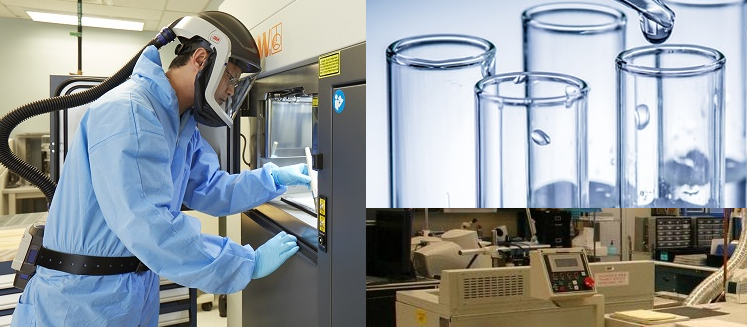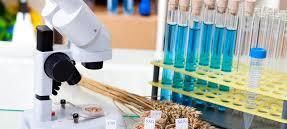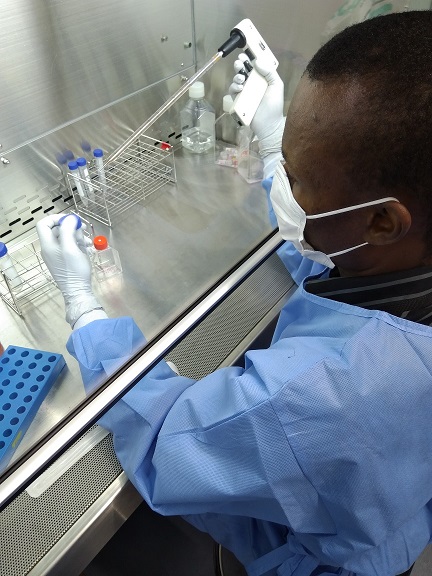Buruli ulcer (Mycobacterium ulcerans infection)
Key facts about Buruli ulcer Buruli ulcer, caused by Mycobacterium ulcerans, is a chronic debilitating disease that affects mainly affects the skin and sometimes bone. The organism belongs to the family of bacteria that causes tuberculosis and leprosy, which provides an opportunity for collaboration with these disease programmes. However, M. ulcerans is an environmental bacterium and produces unique toxin […]
Buruli ulcer (Mycobacterium ulcerans infection) Read More »
Bacteriology
